Optimising your website is a good start but optimising it for native language is a much more promising thing, else you will be missing out on a huge section of your audience. It allows you to access different markets, increasing your site’s visibility and helping people from different countries find your website.
This concept, known as multilingual SEO, is an act of optimising the website content in different languages so that you are not only visible to a specific English-speaking community but also to people speaking other languages. It can help you in reaching a broad audience that otherwise would have been left out. A key here to understand is that most of the world doesn’t speak English, so it becomes crucial to optimise it for your non-English speaking customers, especially if you are a global brand with customers worldwide.
In this article, we will introduce you to some very excellent tips and practices to level up your game in native website optimisation. You can assign all these complex tasks either to an SEO agency to get it done professionally or do it yourself if you have the required knowledge and experience. We at Parel Creative, the best digital marketing agency in Kerala, have ten years of expertise in providing SEO services for diverse clients across the globe. Our unique approach to developing a solution that aligns with the business goals has led us to become a top digital marketing agency in Kochi and Singapore. Learn more about us!
Now let’s get back to the article.
1. Use Dedicated URLs
Use dedicated URLs which contain a language indicator like, for example, ‘www.websitename.fr‘, which suggests the website is in the French language. It helps people to determine the site language just from the URL.

It primarily depends upon the domain structure you use, which generally consists of a top-level domain (domain suffix), a domain name (or IP address), and an optional subdomain. While customising your URLs, you can incorporate a combination of top-level domains, subdirectories or subdomains. Among these, top-level domains are considered the best ones for better results, while subdirectories are the easy ones to set up and maintain.
Research by ‘SEMRush‘ on using different site structure types revealed that country-specific TLDs were more accurate when showing search engine results. This leads us to the fact that a specific TLD can also help you rank higher in a certain geographical location.
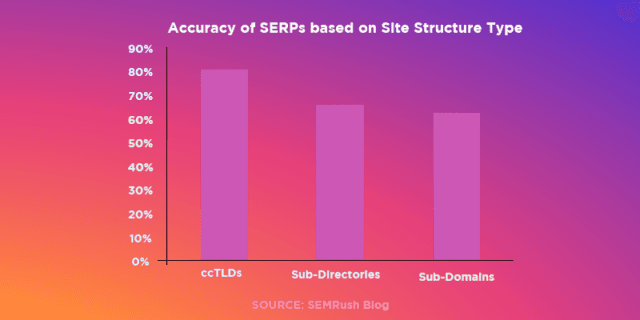
Moreover, language indicators can be useful to avoid duplicate content issues that could arise from setting up multilingual sites.
2. Apply hreflang Tags
Hreflang is an HTML tag attribute that we can apply to websites having the same content but providing to different languages or countries. These are primarily used to identify the languages of a particular site by search engines and is considered a significant factor to boost your global SEO.
Every hreflang value must involve a language code and/or a country code, both of which are separated by a hyphen. For your website, you can only have one hreflang value for one particular language or country. For this same purpose, you can also use the alternate tags along with the hreflang.

By incorporating hreflangs, Google recognises your page as an alternate page but with a different language helping you in catering to the specific language requirements.
Now Google won’t count your “duplicate content” as duplicate content, and it can show the most appropriate version of your website to the users searching from a specific country or in a particular language.
3. Stick To One Language Per Page
Using multiple languages on one page can give a poor impression to the users. It can drastically reduce the user experience by creating ambiguity in your website. Therefore, it is always recommended to stick to one language per page.
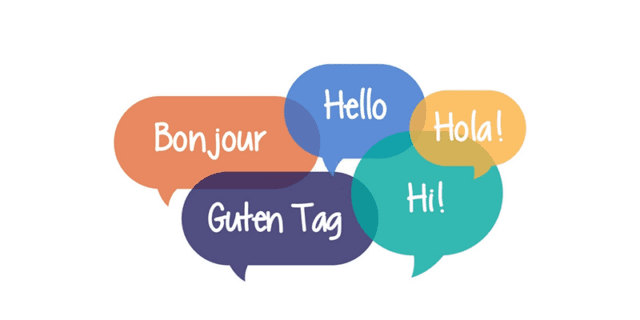
The main content and the content of the navigated page should be in the same language so that people who can understand the main content can also understand the other contents of your website.
Google recommends avoiding side-by-side translations, but if you really want to use it, don’t forget to incorporate hreflang tags as many times as needed.
4. Translate Your Metadata
Metadata provides you with further information about various data such as author name, date created or date modified. Below is how the metadata looks like!
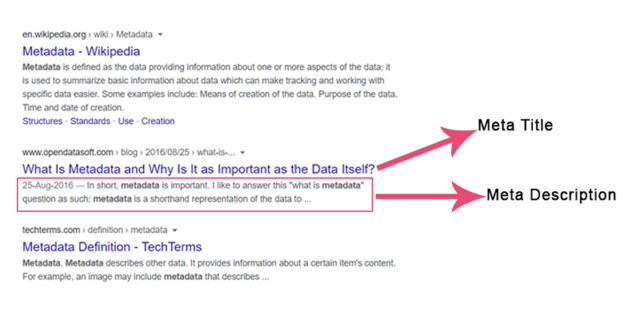
Incorporating the translated version of it will help you to increase content visibility and understanding for the new target audience. Further, it can also improve your search results ranking in local markets by appearing on the first page itself.
In terms of SEO, keywords of one language may not be a keyword for another language which is the same case with the metadata. And that’s why it becomes essential to translate your metadata and the website content to the target language you are opting for.
For a high-quality translation, try not to depend on automatic translation such as ‘Google Translate‘; instead, go for manual translation for a more accurate result.
5. Make Sure Your Website Loads Fast
This might not seem to be directly related to optimising your website for native languages, but it does play an essential role in overall website optimisation.
No one likes waiting! That’s the prime reason why your website speed could decide many factors of your online success. According to the research by ‘Forrester‘, 40% of consumers abandons the site if it failed to load within 3 seconds. That’s how fast it should be.

The time your website takes to load affects your bounce rate and ranking in search engines, irrespective of the language or geographical location. Not only on desktops, but your website should also load faster on phones. A page speed report by ‘Unbounce‘ stated that 32.3% out of 599 respondents waited for 4-6 seconds before abandoning the site, and 26.9% waited for 1-3 seconds.
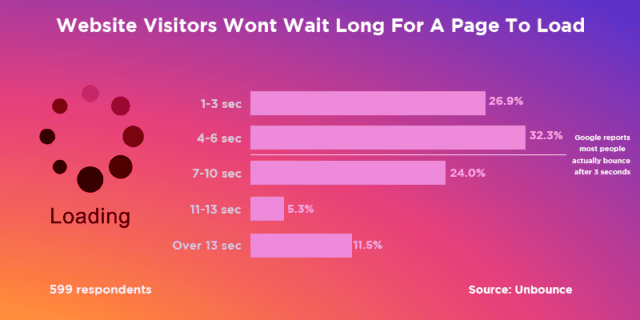
These statistics very much prove the importance of having a fast website with less loading time.
There are many ways by which you can make your website super fast, some of which include installing a plugin, setting up browser caching, integrating a CDN with your website, optimising images, codes, databases and so on.
A faster site will indeed help you gain potential customers and make them stay on your website for reacting fast to their queries.
Optimising Websites For Everyone!
There are several important things you need to consider while creating a multilingual site, especially the local SEO factor. The prime purpose of creating a multilingual site and optimising it for native languages is to enter into the local market, get local clients or target a specific country or language speaking people.
After you have decided to adopt multilingual SEO for your website, the next step is to create a plan and strategy to execute it because, without these blueprints, you will not be able to fully succeed in your digital marketing efforts. You have to research the audience, their native languages, habits, needs and develop a solution to translate your content and SEO metadata into those. Keep in mind that multilingual sites can sometimes be counted as duplicates by not only Google but several other popular search engines as well. But you can always tackle that problem by optimising your website according to the language you prefer to use.
Get all your website SEO done professionally with us and start your journey towards better search engine rankings, high-quality website traffic, increased ROI among many other benefits. Discover more about Parel Creative!
Want to send us a message? Let’s Connect!








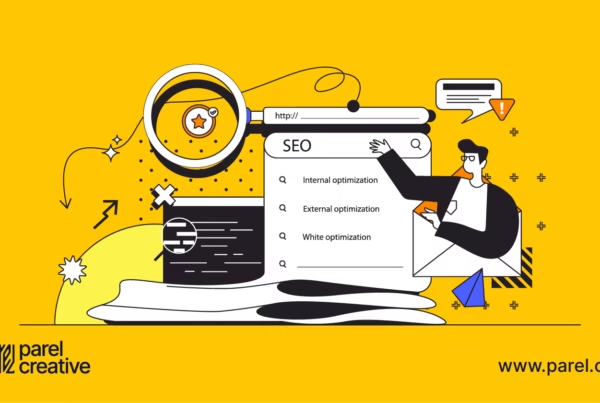
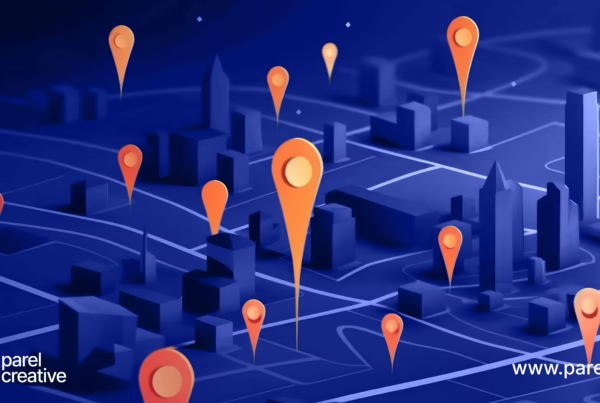

This was a very meaningful post, so informative and encouraging information, Thank you for this post.
on-demand food delivery app development